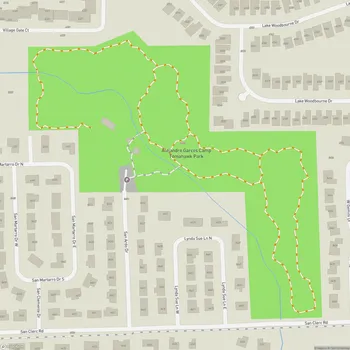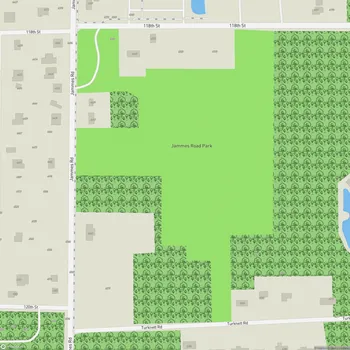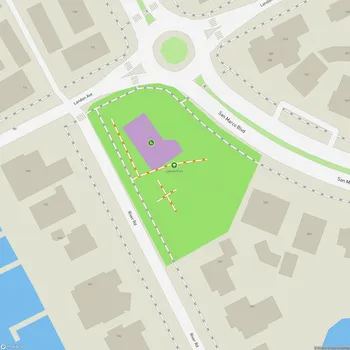Big Talbot Island State Park
Interactive Park Map
About Big Talbot Island State Park
Natural Preserve
Nestled about 20 miles east of downtown Jacksonville, Florida, Big Talbot Island State Park sits on a coastal barrier island that feels worlds away from city life. This 1,679.82-acre natural preserve is like stepping into a time machine, offering a glimpse of Northeast Florida's ecosystems as they existed hundreds of years ago.
The island showcases a remarkable diversity of habitats - from maritime forests and coastal grasslands to salt marshes and beaches. What makes the shoreline particularly special is a dramatic 20-foot bluff along the coast, sculpted over centuries by the patient work of wind and water.
Signature Landscapes
The crown jewel of the park has to be Boneyard Beach, where salt-washed live oak and cedar trees have transformed into skeletal driftwood sculptures against the shoreline. There's something hauntingly beautiful about this landscape that draws photographers and nature lovers all year long. It's the kind of place that makes visitors want to pause and just take it all in.
Follow the Blackrock Trail (about half a mile from the parking area) to reach this famous beach and discover the unique black formations along the shore. Despite their appearance, these aren't actually volcanic rocks but compressed, calcified layers of decayed leaves and sand - a fascinating geological quirk that adds to the beach's mystique.
Trails and Exploration
Lacing through the park are several hiking paths that invite exploration of its diverse environments. The Big Pine Trail rewards hikers with sweeping marshland views, while the Old Kings Highway and Jones Cut trails meander through the cool shade of the maritime forest.
If cycling is more your speed, you're in luck. The paved Timucuan Trail stretches 3.9 miles with stunning views of wetlands and Spoonbill Pond. This multi-use path isn't just any trail - it's actually part of the East Coast Greenway, an ambitious urban trail system that connects Florida all the way to Maine.
Wildlife and Activities
Bring your binoculars and camera - this park is a paradise for wildlife enthusiasts. On a good day, you might spot white-tailed deer moving silently through the underbrush, raccoons foraging along the edges of marshes, or playful river otters in the waterways. The area around Spoonbill Pond is particularly rewarding for bird-watchers, with an impressive variety of species making appearances throughout the year.
Visit during winter months and you might even be lucky enough to catch sight of something truly special - the misty spray of Northern Atlantic Right Whales visible from the coast.
Anglers will find plenty to love here too. All year long, the waters yield whiting, redfish, flounder, and speckled sea trout. A boat ramp on the island's north end provides convenient access for both motorized boats and kayakers looking to explore the surrounding waters.
Beach Access and Amenities
It's worth noting that reaching Boneyard Beach requires about a half-mile walk from the parking area. The trail is mostly flat and sandy - not particularly difficult, but it can get buggy during certain seasons. Visitors should bring insect repellent in their day packs.
When you need a break, you'll discover several shaded picnic areas with tables near the parking lots - meant for a quick snack or lunch before hitting the trails again. The park offers portable toilets at the main parking areas, but there aren't permanent restroom facilities at the beach access points.
While the views are stunning, swimming isn't recommended here due to strong currents and marine wildlife in Nassau Sound. Instead, enjoy beachcombing, picnicking, or simply soaking in the natural beauty. For the best experience, try to visit during low tide when more of the shoreline and those magnificent driftwood features are accessible.
Unlike Florida's more developed beach destinations, Big Talbot Island offers a quieter, more authentic coastal experience. It's an ideal escape for those looking to connect with nature and experience Florida's shoreline in its more untamed, unspoiled state.
All Features & Facilities
Nature & Wildlife
Water Features & Activities
Visitor Services
Food & Gathering
Photo Gallery
ParkMagnet Score
Top Park




